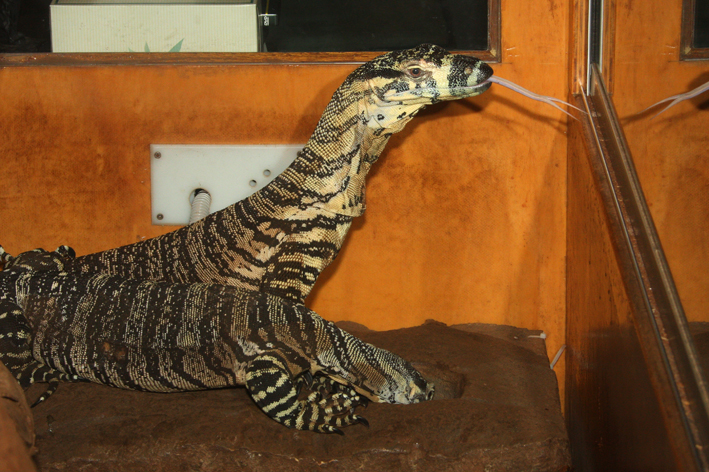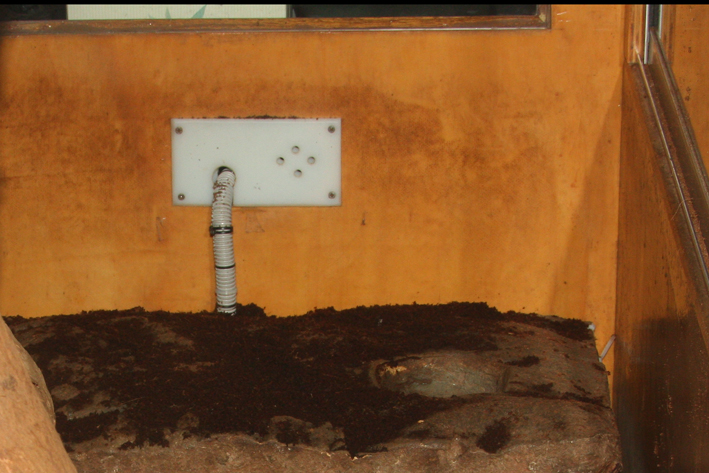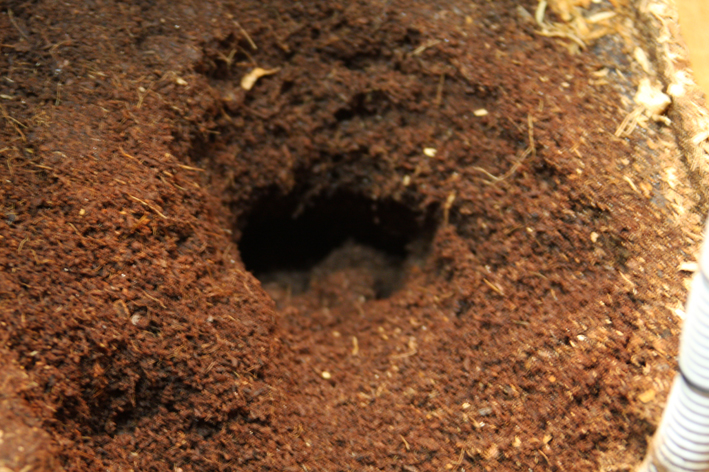Posted by:
crocdoc2
at Tue Feb 7 16:42:53 2012 [ Report Abuse ] [ Email Message ] [ Show All Posts by crocdoc2 ]
That's a good question, Stefan - do they target an above ground option first in captivity? I honestly don't know the answer to that. My female has done cursory digs in the substrate at times, while cycling, but has always chosen the nest box in which to lay. Her very first digs at the start of every cycle, though, are in the nest box.
Lace monitors would have little difficulty targeting mounds in the wild and in most areas it's hard to find a mound that doesn't have signs of at least some lace monitor activity. The one exception is a spot I found last year that seemed to be ideal for termites, so there were stacks of mounds in a very small area and most of those had no sign of monitor activity. The monitors were spoiled for choice.
An important factor here is that these aren't tropical animals and only a very small proportion of the population lives in the tropics. To get a female to nest in the substrate, at very least part of the substrate would have to be heated to that sweet spot of 30C, which would mean the whole enclosure would be warmer than it should (or need) be. The other thing to consider is that when local female lace monitors start their cycles in spring and are checking out nest sites, the ground temperature would be nowhere near what they are looking for.
Getting back to those first test digs in the nest box that I mentioned at the start of this post, they are usually in the form of what I call 'nose holes'. She digs a bit and then pushes her nose right into the substrate, forming a little conical hole. I can't say for sure, but if I were to guess I'd say monitors use their snout to determine the temperature within potential nest sites.
Here's a little sequence I took a couple of years ago. I had just repacked the nest box a short while before I took this photograph. The pair had climbed on top, as that's the spot at which I let them out of the enclosure - the female immediately checked out the new substrate in the nest box.

A short while later, there was substrate on the lid of the nest box and it looked like this:

I lifted the lid of the nest box and took a photograph of the nose hole she had made:

I know this female well enough that if I saw no physical changes in her appearance and no other behaviour, that nose hole would be enough for me to know she'd started a cycle.
[ Reply To This Message ] [ Subscribe to this Thread ] [ Show Entire Thread ]
|





